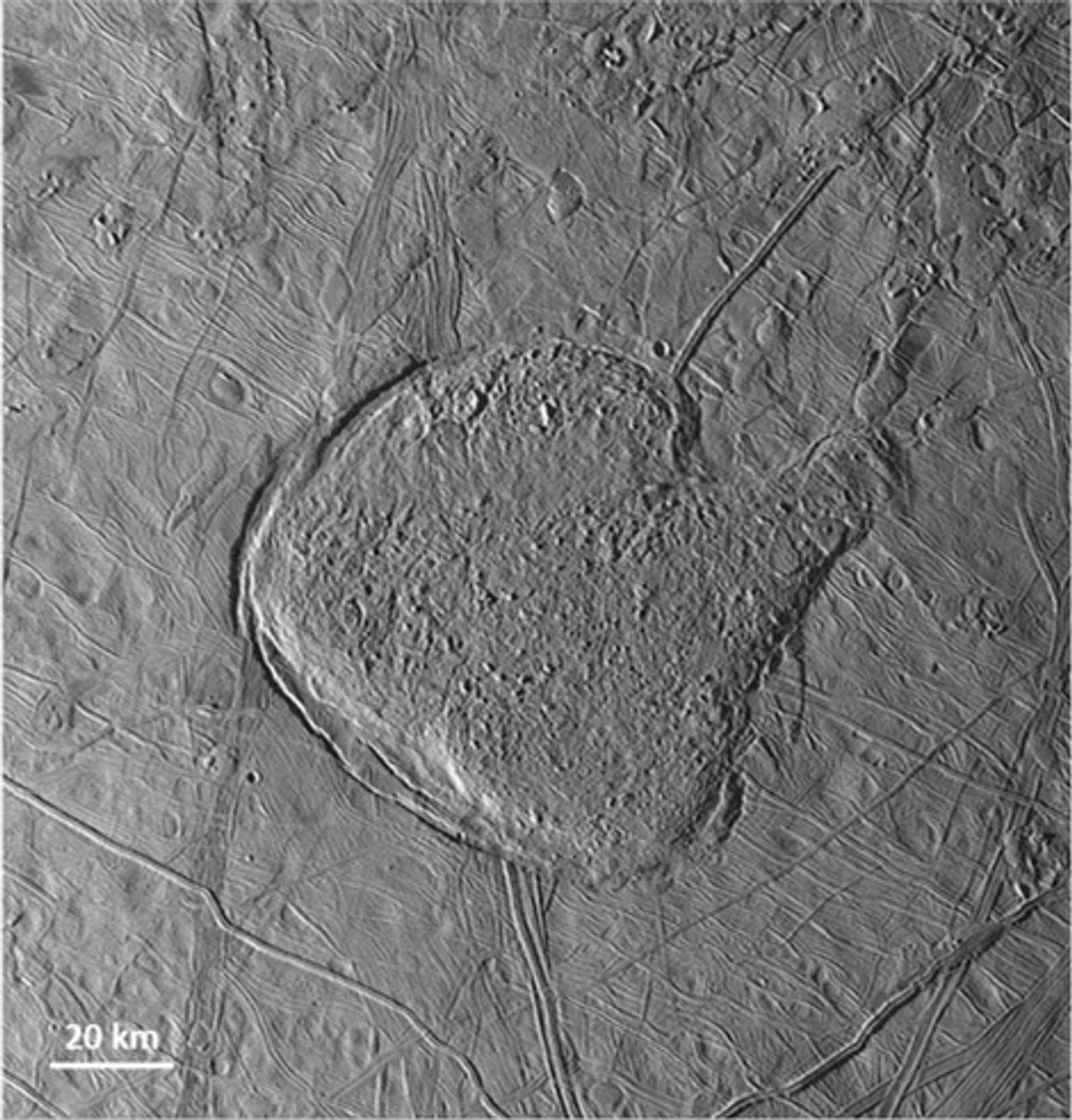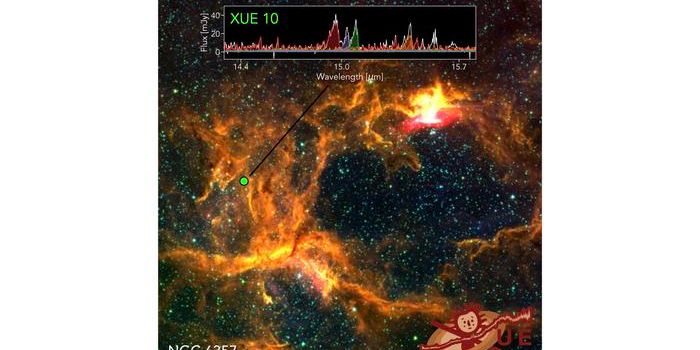Solar System Wonders: Europa Chaos Terrain
Jupiter’s second Galilean satellite, Europa, is one of the most awe-inspiring planetary bodies in the entire solar system. With its icy crust, near-crater-less surface, and strong evidence that it possesses a liquid interior ocean, Europa has become a hotbed for astrobiologists all over the world who strive to know what kinds of life we might find there.
One of the reasons that Europa’s surface is almost entirely devoid of craters is because its crust is being constantly resurfaced due to the ocean underneath. Scientists currently hypothesize this ocean can form pockets of liquid water just beneath the crust that causes pieces of the upper ice shell to become unstable while both deforming and shifting in place.
This surface deformation and shifting is called chaos terrain and is a prominent feature on Europa that could hold clues to Europa’s potential habitability. Two such chaos terrain that scientists have studied in detail are Conamara Chaos and Murias “Mitten” Chaos, which were both imaged by NASA’s Galileo spacecraft in the 1990s and each offer insights into Europa’s inner workings based on their conflicting appearances.
Color-enhanced image of Conamara Chaos on Europa. (Credit: NASA/JPL-Caltech/University of Arizona)
Murais "Mitten" Chaos on Europa. (Credit: NASA/JPL-Caltech/Kevin M. Gill)
While Conamara Chaos looks like a jumbled puzzle whose pieces all rotated in place, Murias has a much more uniform and slushy-like appearance, while also literally looking like a mitten, which could indicate both features were made from two different types of activity. Scientists even published a study that attempted to reconstruct Conamara’s “puzzle pieces” with some success, which further demonstrated the properties of chaos terrain and how much influence Europa’s interior ocean has on its icy crust.
With the launch of NASA’s Europa Clipper mission in the next few years, scientists are eager to learn more about Europa’s icy crust and interior ocean.
What other chaos features are present on Europa, and how much is its interior ocean having on the icy crust? Only time will tell, and this is why we science!
Sources: NASA, The Planetary Society, USGS, AGU, NASA (1)
As always, keep doing science & keep looking up!










